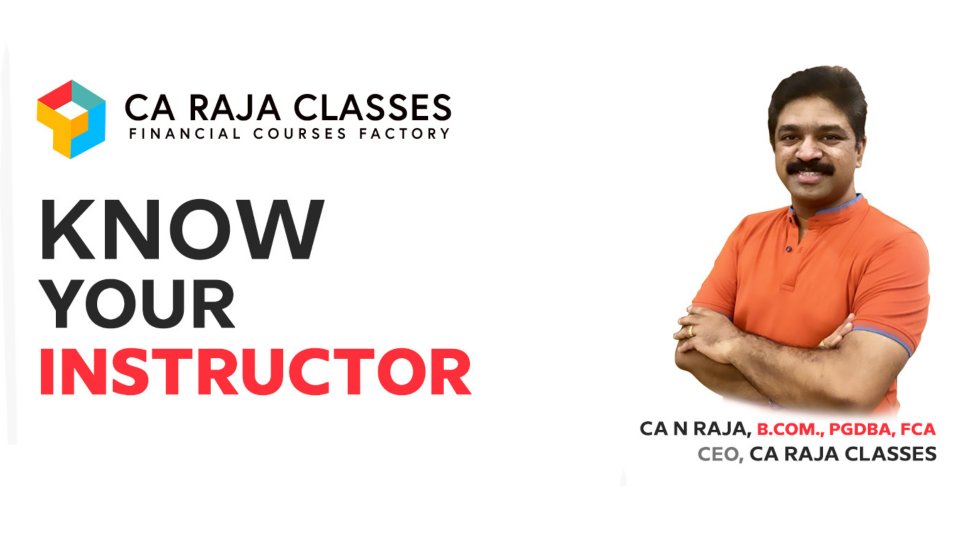There are no items in your cart
Add More
Add More
| Item Details | Price | ||
|---|---|---|---|
Why CC/OD Interest isn't in the Denominator & the Role of the Working Capital Cycle
Vinu: Hey Manu, I've been scratching my head over something related to the Debt Service Coverage Ratio (DSCR). Can you help me out? I'm confused about why the interest on cash credit (CC) or overdraft (OD) facilities isn't considered in the denominator of the DSCR. And how is it assumed that these interest payments are covered by the working capital cycle?
Manu: Oh, I totally get your confusion, Vinu. Let me break it down for you in a more conversational way. So, when we calculate the DSCR, we're actually looking at the capacity to repay long-term loans. The denominator of the DSCR includes the repayment of existing and proposed long-term loans along with the interest.
Now, the numerator is all about the profits before interest (to cover the interest payments) and profits after tax (to cover the principal repayments). Makes sense so far?
Vinu: Yeah, I'm following you. The numerator takes care of the interest and principal payments, got it.
Manu: Great! Now, let's talk about term loans. They have a specific repayment schedule, right? You have to pay back the principal every year as per the agreed-upon timeline. That's why we include the term loan repayments in the denominator of the DSCR.
But here's the thing about CC/OD facilities—they are quite different. They don't have a fixed repayment schedule like term loans. Instead, they undergo an annual renewal. That's why we don't include the interest on CC/OD in the denominator.
Vinu: Ah, that's where I was getting lost. The CC/OD facilities are not bound by a fixed repayment schedule, unlike term loans.
Manu: Exactly! You're catching on. CC/OD facilities are more flexible and can be renewed on an annual basis depending on the business's needs. So, including them in the denominator every year would be inaccurate since they don't have fixed repayment obligations.
Vinu: Okay, I see the logic behind excluding CC/OD interest from the denominator. But what about the working capital cycle? How does that come into play?
Manu: Good question! So, the working capital cycle is all about managing the flow of cash within the business. When you make sales, you receive the proceeds, right? Those sale proceeds typically go into the CC account. This means that the cash generated from your business activities is available in the CC facility.
Since the CC is a revolving credit facility, it allows you to draw and repay funds as needed for your working capital requirements. So, the assumption is that the sale proceeds flowing into the CC account can cover the interest on the CC facility. That's why we say the working capital cycle takes care of the interest payments on CC/OD.
Vinu: Ah, I get it now! The working capital cycle provides the funds to absorb the interest on CC/OD since the sale proceeds go into the CC account. It aligns with the revolving nature of these credit facilities.
Manu: Exactly, Vinu! You've grasped it perfectly. The revolving nature of CC/OD facilities, along with the working capital cycle, ensures that the interest payments are covered without having to include them in the DSCR denominator.
Vinu: Thank you so much, Manu! Your explanation really cleared things up for me. I appreciate it!
Manu: You're welcome, Vinu! I'm glad I could help. Don't hesitate to ask if you have any more questions. Understanding financial ratios can be tricky, but we'll figure it out together!. If you're interested in delving deeper into this fascinating subject or exploring other aspects of finance, I recommend checking out online courses of CA Raja Classes. They offer a wide range of courses under Banking & Finance. Explore & Enroll - Credit and Financial Analysis Mastery Bundle (SME & Corporate Credit) Keep learning and growing! Good luck on your journey!
To learn more, check the
Credit and Financial Analysis Mastery Bundle (SME & Corporate Credit) Course:
This a comprehensive and structured Online Course through which you can learn this most sought-after highly coveted skill at your own pace and timing without disturbing your working hours.

